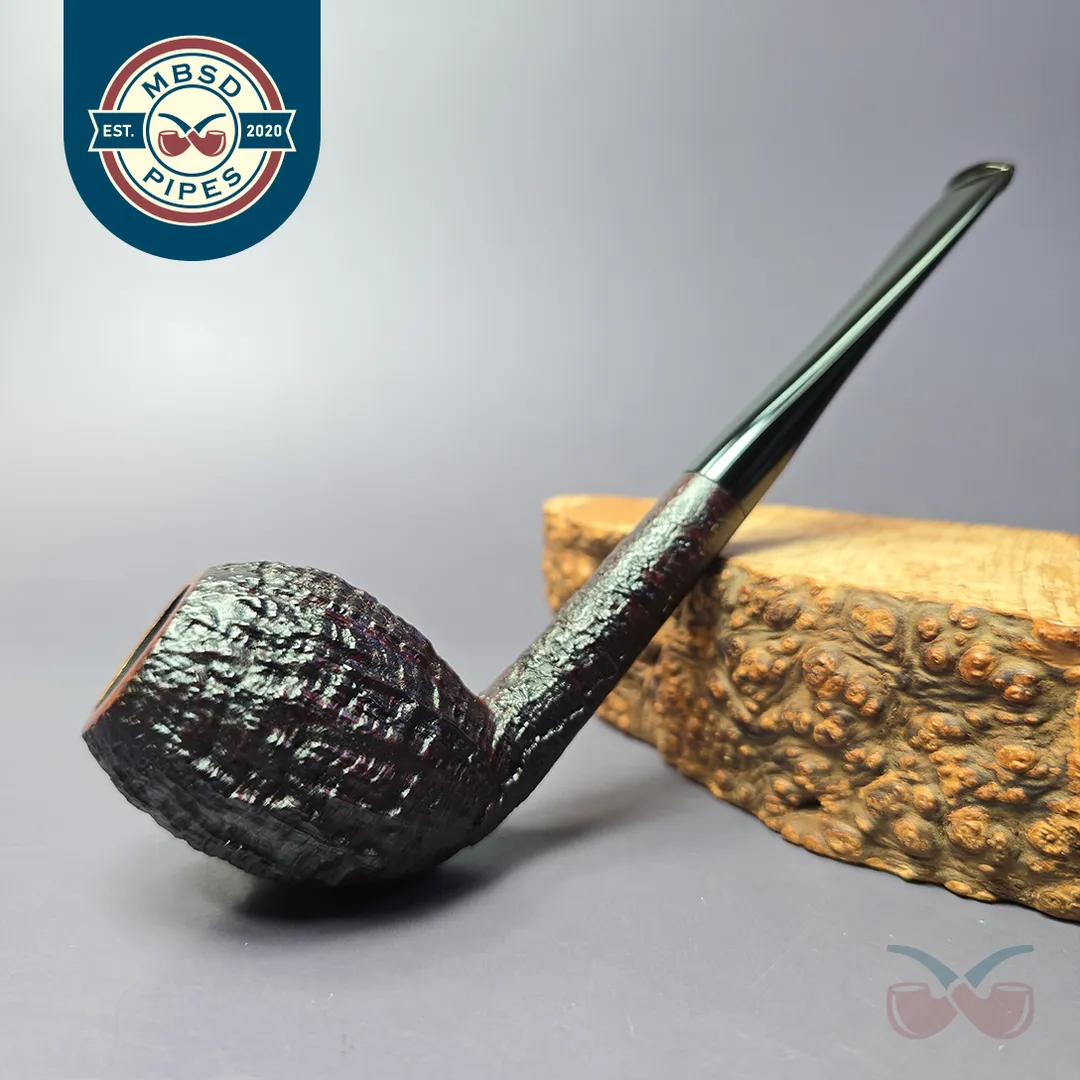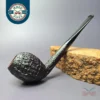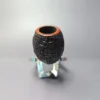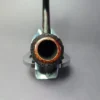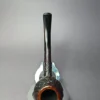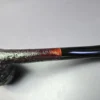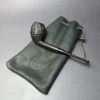J Mouton Sandblasted Tavern Belge Handmade Briar Pipe, New
Out of stock
Description
Born and raised in the small town of Gueydan, Louisana, Jason Mouton’s rise in the ranks of American pipe makers has been nothing less than meteoric—and for good reason. Having crafted duck calls since he was a teenager, Mouton’s first forays into pipe making began with carving tampers. Mouton’s unexpected and substantial successes with these handmade tampers encouraged and allowed him to purchase the equipment needed to create pipes themselves. Studying the works of renowned American artisans such as J. Alan, Grant Batson, and Jared Coles, Mouton gradually developed his own pipe making craft, which was furthered by his exchanges with Greek artisan Chris Asteriou. Today, Mouton’s works are some of the most sought after on the artisan market, a demand which he has responded to—and not unlike his beginnings in carving tampers—by reinvesting his successes into an unwavering advancement of his skills and technique.
Technological evolution, not unlike biological evolution, is a matter of continuity as well as change. Nascent technologies are rarely (if ever) without precedent and will build off of and/or extend more established technologies, and this lineage often persists in vestigial forms. For example, many early briar pipe shapes, such as the cutty, were modeled on clay pipes, to the point where even many cutty shapes today retain a “foot” at the base of the bowl. For clay pipes, which get very hot during use, this “foot” was a way to keep the bowl upright without burning one’s hands; unless they have very thin bowl walls, briars generally have no need for such things. Another side of technological evolution is its tendency to make anything associated with the “old” seem obsolete, even when they do remain very useful and enjoyable. For a while now, one of J. Mouton’s signatures has been plumbing the depths of largely forgotten shapes—such as the opera—and breathing new life into them. While this J. Mouton tavern Belge—another shape directly descended from clays—has certainly been modernized, especially via its superb, ring grain sandblast, it is also a testament to the enduring worth of many of the things that modernity compels us to leave behind.
Details:
Length: 5.8″ / 147.3mm
Bowl Width: 0.67 / 17.01mm
Bowl Depth: 1.73″ / 43.94mm
Weight: 1.0oz / 30g

